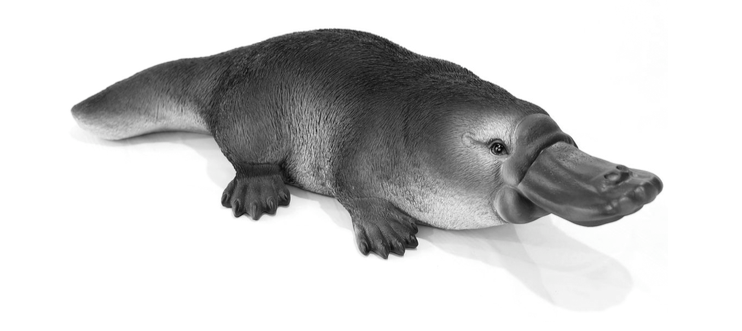
In 1798, when European naturalists first learned about the platypus, they thought the animal a hoax. The naturalists believed that a taxidermist had stitched together a hodgepodge of creatures, including a beaver, a duck, and a rat.
Even today, more than two centuries later, the animal almost defies rational comprehension: a duck-billed, beaver-tailed, otter-footed, semi-aquatic mammal that lays eggs, dispenses venom, and is, at the same time, adorable? What gives?
To us, there’s something so wondrous about the improbable platypus, we made it our emblem.
In a peak performance state, time and space dissolve, as we merge with our environment and access information and capabilities our minds say we can’t possibly access. These components of the peak performance state have, for decades, been documented; yet the state still somehow doesn’t make sense.
Hence, our love of the platypus.
We also love the platypus as our symbol because of its absurdity. Yes, our Institute’s work is science-based and rigorous. Nonetheless, like the laughing Buddha, the platypus reminds us to not take ourselves too seriously; at its core, our quest to find the key to achieving human perfection is fundamentally absurd.
